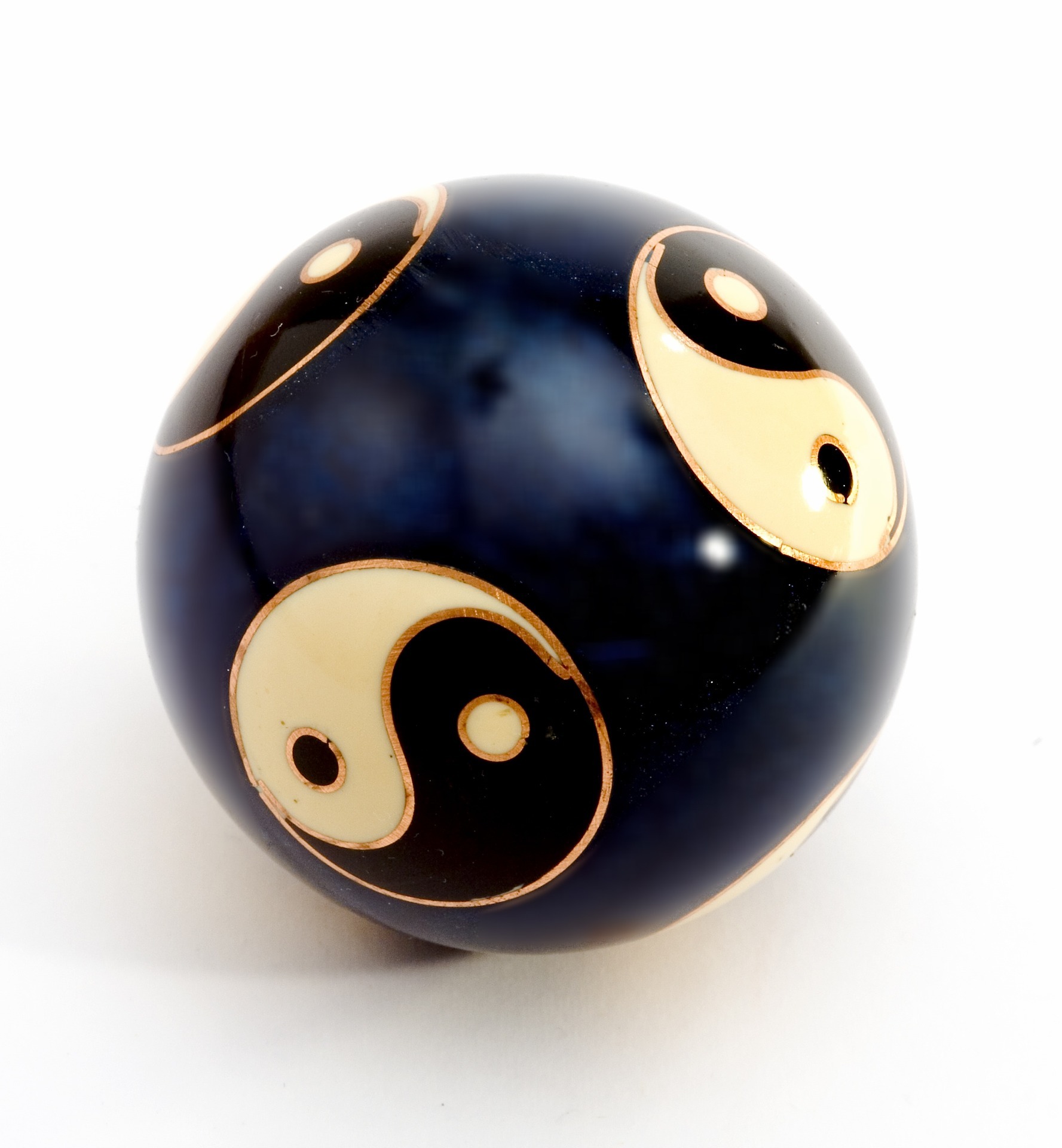The idea of balance only makes sense if one is aware of what is actually to be brought into balance. Let’s imagine a seesaw . Let’s agree that when it is horizontal, perfect balance is achieved. Then the question arises what is to be placed on the opposite ends of the see-saw so balance is possible. If we put an apple on one end and a stamp on the other, then the apple will push the seesaw to the ground…but if we put a crate of beer on the other end, that end will hit the ground and the apple rolls away. Perhaps we would have to get a few pounds of apples…but let´s forget the silly venture…
At least it became clear that the things that are to be brought into balance should be in a certain relation to each other. In my blog the focus is primarily on what we usually call male/masculine and female/feminine. And as easy as it initially sounds, it can get justas complicated:
Male and female are firstly our words to differentiate our sex characteristics. Men and women perceive each other as opposites. The other is what oneself is not…namely male or female. These words have become helpful in characterizing other opposites. Sometimes more or less obviously. Electricians even speak of a male and female plugs on cables…
Only together we´re strong!
That actually allows the lovely thought that the energy only flows once the opposites have connected and are well connected to the network. For, if you only plug one end into the other, nothing happens!
In the history of our culture these terms have also become qualitative concepts. We perceive a certain expression, usually through feelings, accordingly. Partly, because we´ve been conditioned for thousands of years. Partly, because even though we cannot explain it, we can clearly feel if something is true or not. Nobody would associate a snail shell with the masculine and that of a sky scraper with the eminine. For it is – of course – the other way round. Here it is rather obvious: the steep tall building is reminiscent of the male sexual organ, the round shell of the female organs. But the connections create a broader web: hard, rigid and dense materials are considered masculine. Soft, pliant and flexible materials as having a feminine quality… Obviously the qualities have been transferred onto other polar expressions, like sun and moon, heaven and earth, hot and cold and left and right… And also dynamics such as detailed and wholesome, understanding and feeling and movement and standstill…
Yin & Yang
The most mature and perhaps most beautiful concept was developed in ancient China: the dynamic dance of the energetic couple of opposites yin and yang are the foundation of Daoism, traditional Chinese medicine and feng shui. The famous symbol is very well known even though it´s meaning is often too simplified. For jthe borders between yin and yang are fluent and the qualities relative. What is yin in one context can be yang in another. Perhaps it’s comparable to light and dark and the infinite number of nuances in between. What is bright and blinding in one situation can be dim and illuminating in another.
Typical qualities ascribed to yin are: female/feminine, as well as: round, dark, wet and passive… and qualities ascribed to yang are: male/masculine, as well as: corners, light, dry and active… This list too, could be extended ad infinitum.
And as different as these two qualities are together they make one inseparable whole, for one is unimaginable, unthinkable and unlivable without the other.
Thereby the yin-yang symbol expresses the ONE that consists of two opposites – in fractal continuity.
As in the macrocosm, so in the microcosm – physically and psychically. It is one of the most popular symbols of duality. If we humans are ever to transcend it another symbol might become popular. Perhaps one that expresses the merging of masculine and feminine and the overcoming of the current. For me this is encapsulated in the Vesica symbol.




